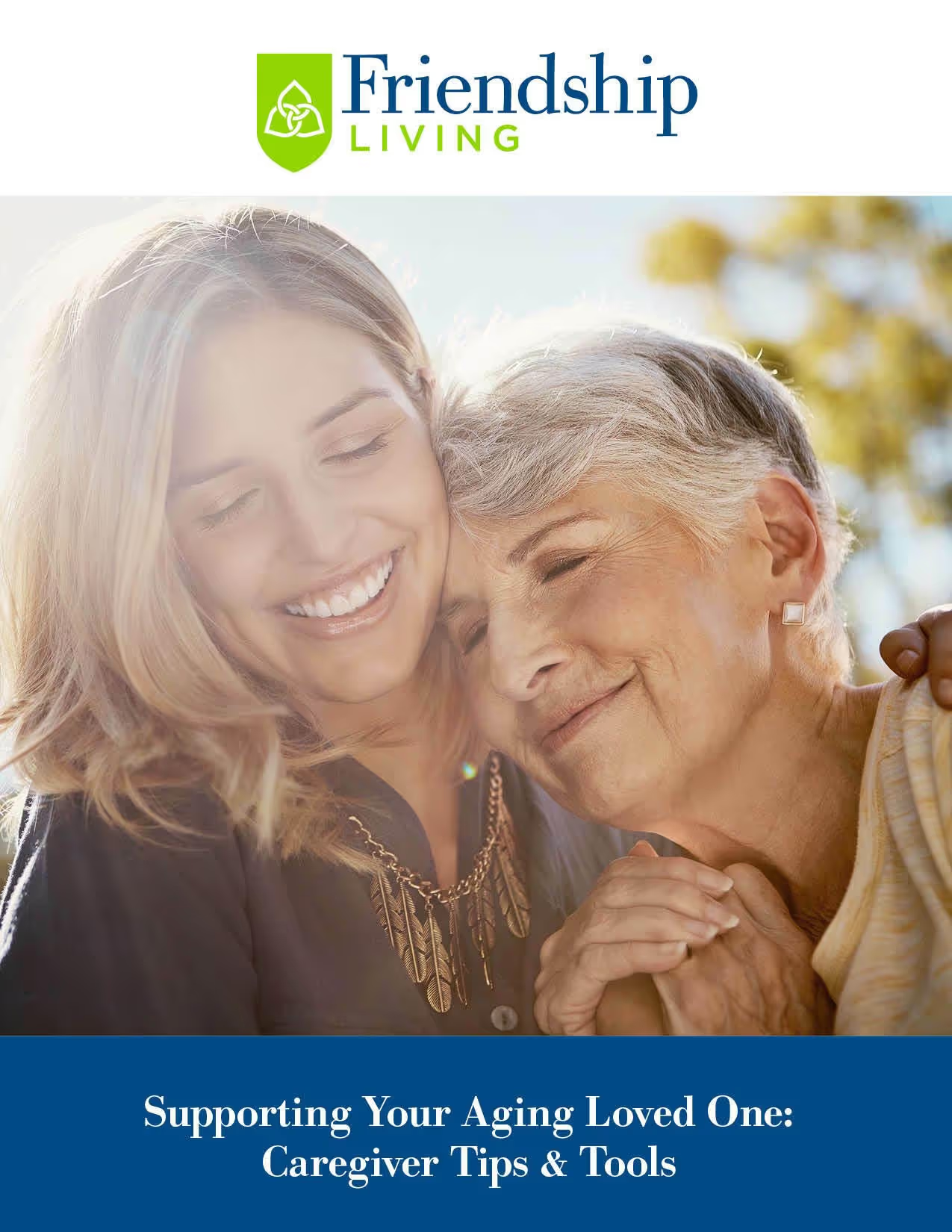
How to Recognize and Avoid Caregiver Burnout

The Centers for Disease Control and Prevention (CDC) reports that by 2030, an estimated 73 million people in the United States will be 65 years or older, and many of them will require daily assistance from at least one caregiver. You may already be one of the 53 million Americans currently providing care for a family member or friend, as estimated by the National Alliance for Caregiving (NAC).
While caregiving is a rewarding role, it's often one that comes with a high physical, emotional, and financial toll, making caregiver burnout all too common. But there is help available; here are the signs of caregiver burnout and how to prevent it.
The facts on caregiving
The Cleveland Clinic defines a caregiver as a person who provides physical or psychological care to someone, often a family member or friend, who can't care for themselves fully due to declining health, an injury, an illness, or a medical condition such as Alzheimer's disease or dementia, cancer, multiple sclerosis, Parkinson's disease, or stroke.
Caregiving activities include helping with personal care, preparing meals, completing housework, managing medications and monitoring health, managing finances, and providing transportation, as well as advocating for the person in your care and communicating with healthcare providers.
As such, it's not surprising that almost one-third of caregivers provide care at least 20 hours a week, according to the CDC. This is often unpaid, can last for years, and is in addition to their other family responsibilities as well as their job.
Signs of caregiver burnout
With all the responsibilities above plus the learning curve, as caregivers typically aren't formally trained, it's easy to see how caregiver burnout could occur and potentially be overlooked. In general, caregiver burnout is a state of physical and mental exhaustion, and symptoms include the following:
- Being overwhelmed or constantly worried
- Feeling tired often
- Difficulty concentrating
- Getting too much or not enough sleep
- Gaining or losing weight suddenly
- Becoming easily irritated or angry
- Losing interest in activities you used to enjoy
- Withdrawal from friends, family, and other loved ones
- Feeling hopeless and helpless
- Having frequent headaches, body pain, or other physical problems
- Abusing alcohol or drugs, including prescription medications
Caregiver burnout can occur when you don't get the help you need personally because you devote all of your time and energy to helping someone else. It can also happen when caregivers try to do more than they're able to, whether emotionally, physically, or financially.
Preventing caregiver burnout
It's important to remember that your health and well-being matter just as much as the person you're caring for. While you might think it's best to “grin and bear it,” the reality is, if you don't take care of yourself, you won't be as much help to your loved one as you could be. What's more, prolonged stress can lead to many health issues, such as increased risk for high blood pressure, heart disease, anxiety, depression, insomnia, poor concentration, digestive issues, and a weakened immune system.
However, there are a number of to manage caregiver burnout or prevent it altogether, such as:
- Find a support group; AARP offers suggestions
- Build a support network of family and friends who can help with your loved one
- Keep up with your own regular, preventative doctor visits
- Consider talking to a family counselor or therapist about your stress
- Commit to eating better and getting regular exercise
- Allow yourself to rest when you need it
- Make time to spend with friends and family and to pursue your own interests
- Consider adult day care or respite care for your loved one to give yourself a break
Knowing when to ask for help
Just as important as your own self-care is knowing when to ask for help. Realistically, you can't do it all, and there may come a time when your loved one requires more care than you can provide at home. At this point, it may be time to consider senior living options such as assisted living, memory care, or long-term care.
It's never easy to consider senior living for a loved one, even with all its benefits for their health, safety, and quality of life. But as a caregiver, it's often even harder to take this step without feeling guilt for reasons that commonly include:
- A past promise you wouldn't make them move
- Feeling like you've failed them as a caregiver
- Taking them out of their comfort zone when they're struggling the most
- Feeling it's unfair to live a normal life when they can't
Although these reasons are understandable, you mustn't let them cloud your judgment regarding your loved one's best interests. And remember, whether your loved one is at home or in senior living, you're still caring for them, just in a different way. Not to mention, families are often surprised at how quickly their loved one begins to thrive in senior living, with many saying they wish they'd made the move sooner.


